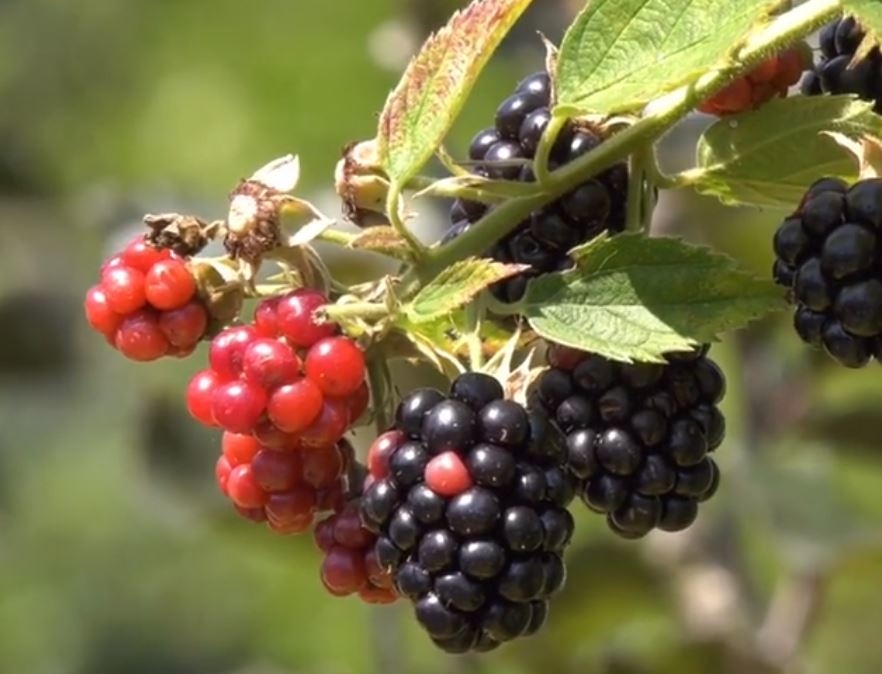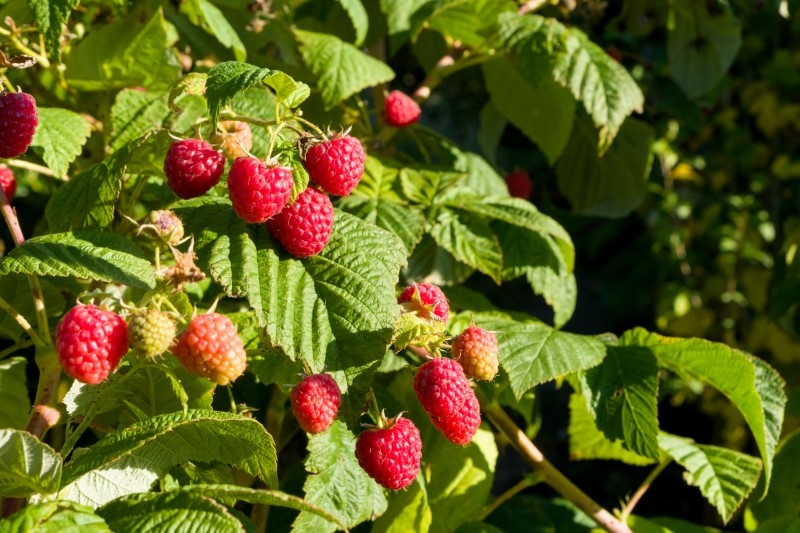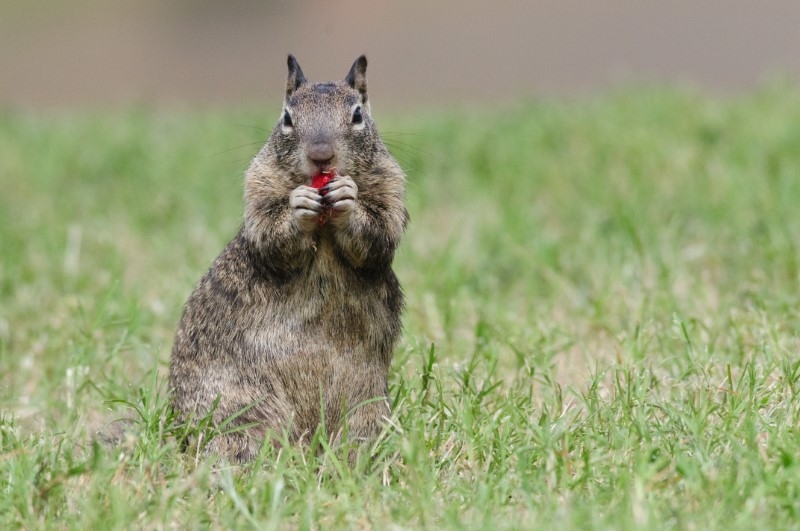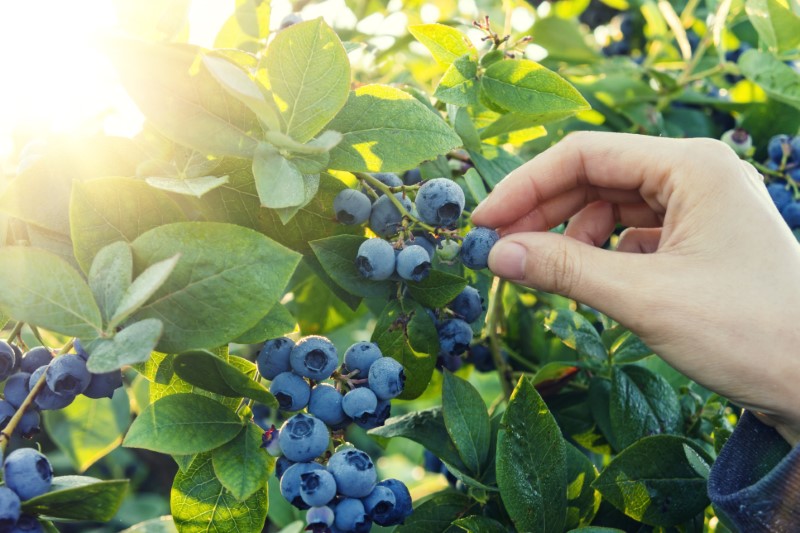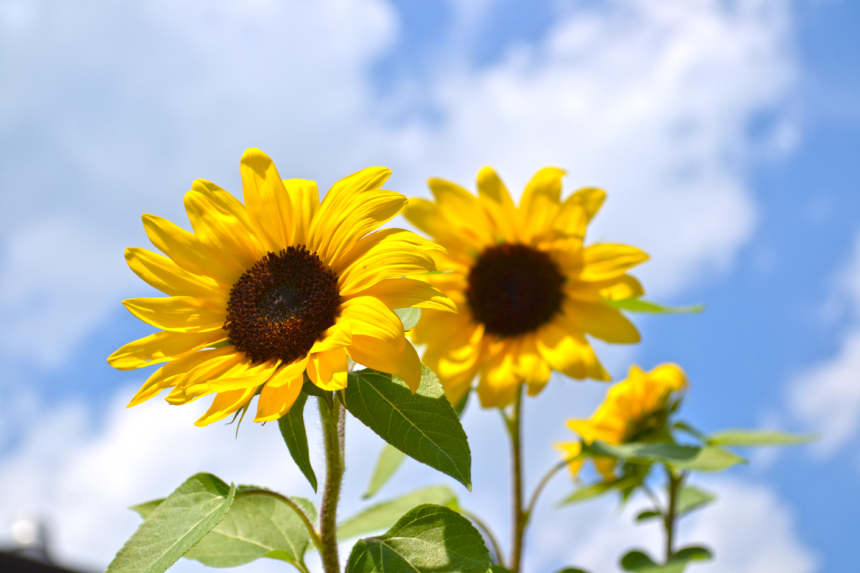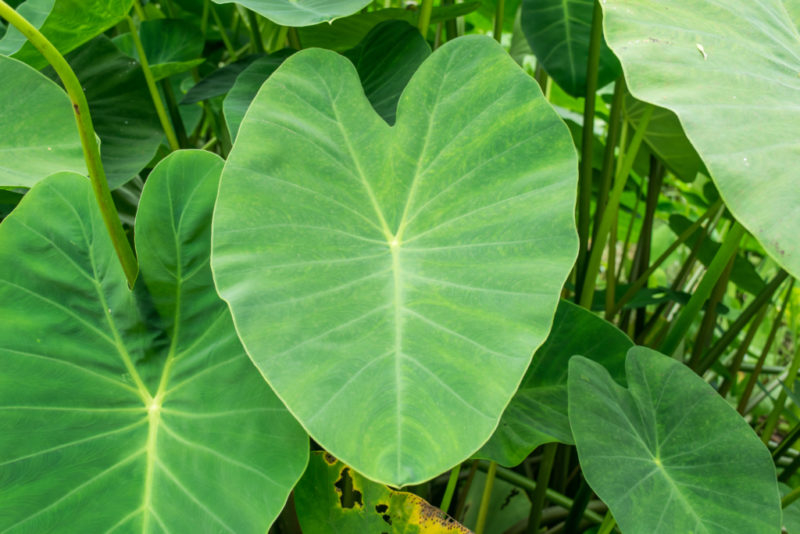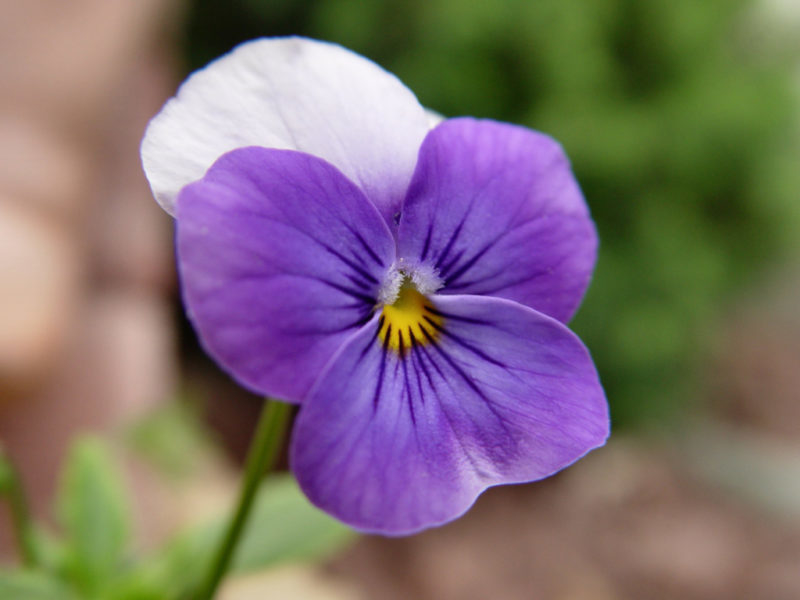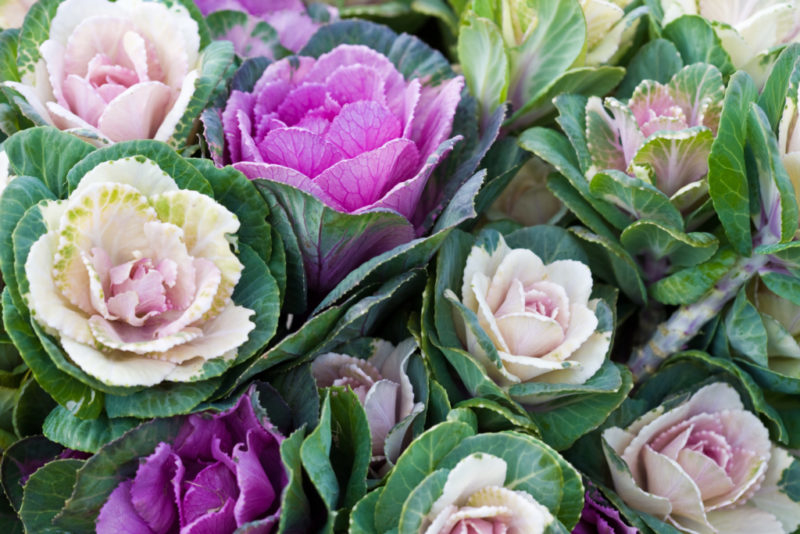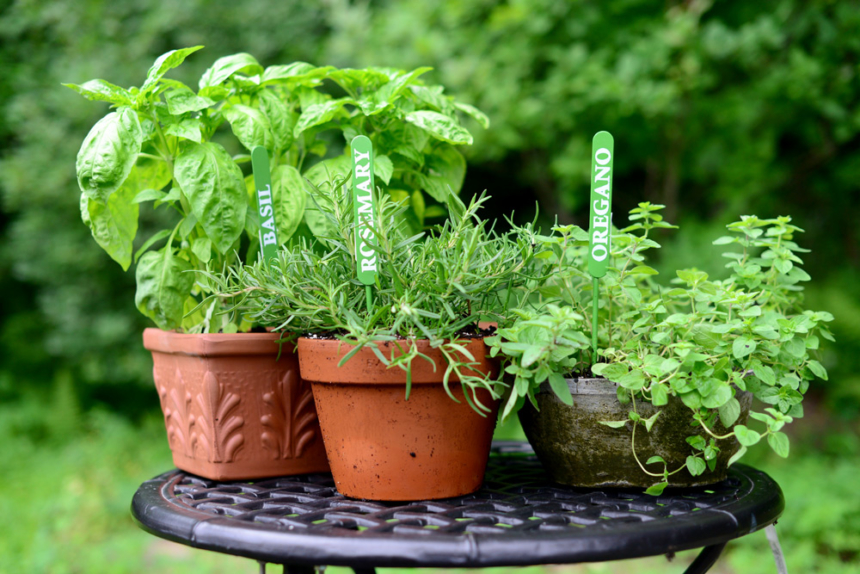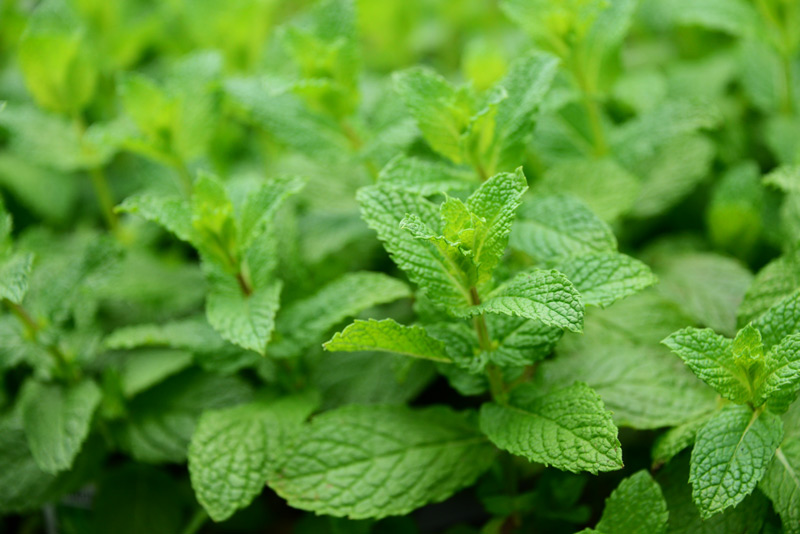Basics of Growing Summer Berries
It’s summertime and here at Merrifield Garden Center we’re excited about all of the summer berries we have available! Berries add a fun pop of color to any garden or porch, make a refreshing snack, and are a great addition to sweet recipes. Our most popular seasonal berries include blueberries, blackberries, and raspberries.
Each type of berry is perfect for large outdoor spaces, but we do have dwarf varieties of blueberries and raspberries that are good for small spaces! Just make sure they receive plenty of sunlight. If looks are important to you in the off-season for berry bushes, we would recommend one of our many blueberry varieties, which have attractive fall foliage and beautiful white spring flowers. If you need help choosing the right plant, our specialists are happy to help.
With our guide to basic care for berry bushes, you should have an abundant selection of berries ready for picking in no time!
Important Care Basics
Regardless of which berries you choose to grow, there are a few general care guidelines that are applicable to all varieties.
- Watering: You will need to water your berries differently depending on where they are planted. When you first plant your in-ground berry bushes, check them 2-3 times per week and water them when the soil is dry according to our watering instructions. Usually, I find that 1-2 times a week is plenty. When your plants are well-established (usually about 6-9 months after planting for berry bushes) they will need less water. A lot of the varieties we offer in our stores are native – plant them in the right location and they will grow on their own with little maintenance once established. If you choose to plant your berries in a container, you will need to water them more frequently – even daily in hot weather.
- Sunlight: All berry varieties prefer a lot of sunlight, but will tolerate some shade if full sun exposure is not an option. Shade is not detrimental to your berry bush’s health, but generally the more shade the plant gets, the less fruit it will produce.
- Fertilizer: You can add fertilizer to increase your crop yield, but remember that over-fertilization, or fertilization when your plant is already receiving everything it needs, could make the plant experience undesirable, rapid growth. We recommend using Biotone, an organic option, or Merrifield Starter on your berries.
If there is anything you are uncertain about when growing your berries, we encourage you to call us or visit one of our stores to speak with a plant specialist!
Wildlife Prevention
Everybody enjoys seeing some wildlife in their backyards, but most of us prefer to keep the birds, squirrels and other critters away from our gardens! Depending on your preferences and the types of animals attempting to feast on your berry bushes, we recommend the following deterrents:
- Fencing is a necessity if you have problems with deer, rabbits or other animals. Taller fencing keeps out deer and larger animals, while shorter fencing keeps out rabbits, hedgehogs and other small critters.
- Bird netting prevents birds from stealing your fruits from above. Wait to install bird netting until the berries/fruits start ripening. If you install bird netting too early, the plant will start to grow into and through the netting.
- Repellents are another option if you really don’t like the look of fencing or netting surrounding your plants. Look for a repellent that is safe for edibles to ensure that your berries stay safe to eat. When applying repellents to your berry bushes, apply them to the ground and around the plant, according to package instructions. Be aware, many of these repellents have a strong odor.
Picking Your Berries
Now that you have successfully grown your berries, it is time to start picking! The most straightforward determinant timing your harvest is color. Most blueberries will be blue, blackberries will be black, and raspberries will be red. This seems obvious, but there some cultivars of these plants grow in other colors, such as our ‘Fall Gold’ raspberries and ‘Pink Lemonade’ blueberries. Remember, it could take anywhere between 1-3 years for the first harvest if your plant your berry bush when it is still very small. Blackberries, blueberries and raspberries have a spring flowering and early-summer fruiting season. The fruit staying on the plant for approximately 4 weeks. Try growing multiple varieties of berries to stretch out your harvest.
Pro tip: If you have larger plants, train the plant on a trellis or fence so it grows in a more two-dimensional direction. This will make it easier for you to reach the berries and less likely that you will be scratched by a thorn in the process.
Note: another one of our favorite berries are strawberries. Head over to our annuals department to purchase and plant them in the spring.


